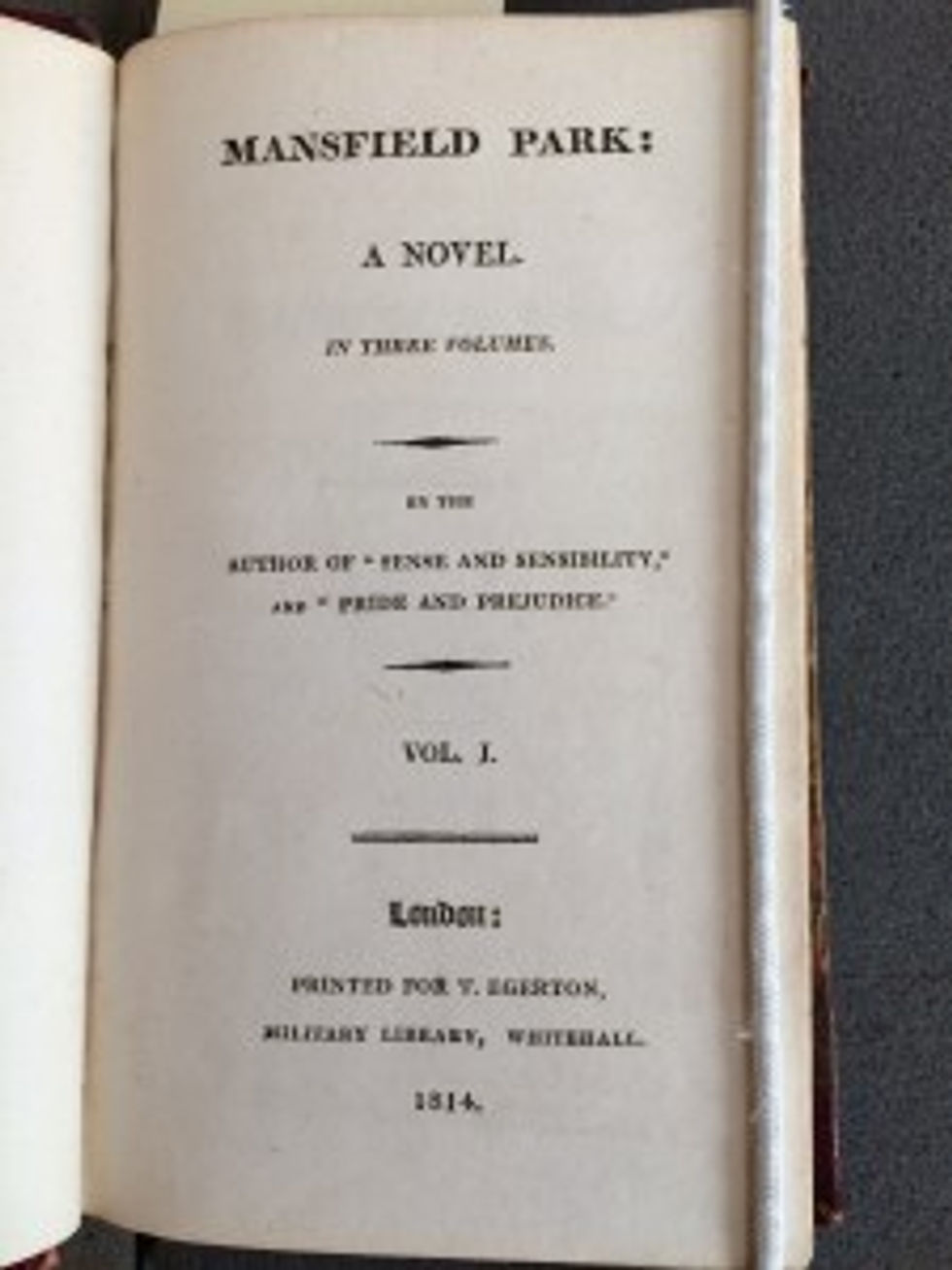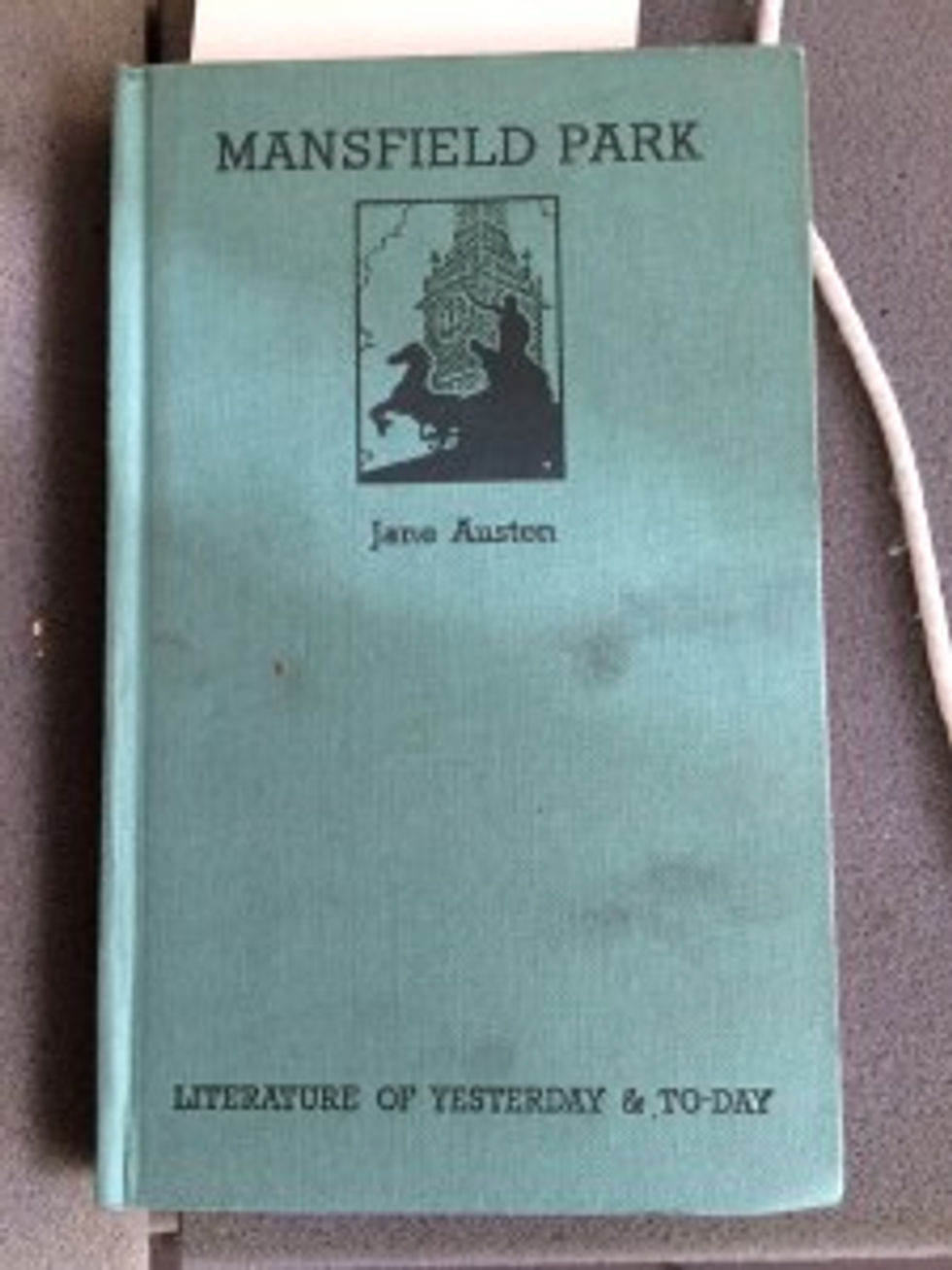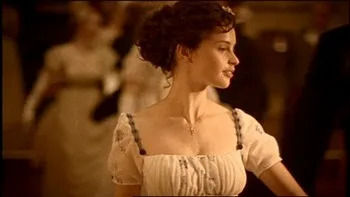Book it over to Wilson Library for our rare-book exhibit
- Jennifer Abella

- Jun 8, 2016
- 4 min read
Updated: Aug 31, 2020

This year’s rare-book exhibit, “Mansfield Park: Texts and Contexts,” features 22 items from the Rare Book Collection of UNC’s Wilson Special Collections Library. We asked curators Rachael Isom and Taras V. Mikhailiuk and contributor Jacqueline Leibman to give us a sneak peek at the books on display:
Oldest item
William Gilpin, Observations on the River Wye, and several parts of South Wales, &c. Relative chiefly to Picturesque Beauty; made in the Summer of the Year 1770 (1782)
The oldest item in this year’s exhibition is a first-edition copy of William Gilpin’s Observations on the River Wye (1782). Although Jane Austen does not mention Gilpin or this volume in Mansfield Park, Gilpin proves an extremely important precursor for much of the poetry and landscape theory in Austen’s novel and in our exhibition. Often credited with the invention of the “picturesque” aesthetic category, Gilpin helped create a craze for accessing and capturing “picture-perfect” views of the English countryside, those that corresponded best to conventions of 17th- and 18th-century landscape painting. Gilpin’s ideas about natural beauty and landscape painting influenced tourists, poets and artists in the 18th and 19th centuries, and they continue to be influential today.
‘Newest’ item

Jane Austen, Mansfield Park (1963), grouped with a similar edition from 1944
A Dent Imprint copy of Austen’s Mansfield Park (1963) is this year’s newest item at just over 50 years old. In the exhibition, this text is paired with a 1944 Dent edition (pictured) in order to show how Mansfield Park was being produced and used as a teaching text in the mid-20th century. Dent altered the series title from “Literature of Yesterday and Today” in 1944 to “Literature of Yesterday” in 1963. This suggested change of Mansfield Park’s position, along with the book’s bright orange cover, makes for an interesting exhibition object. Along with copies from 1814, 1866, and 1908, these two volumes help our exhibition to cover 150 years of the material objects through which readers have encountered Mansfield Park.
Rarest item
Humphry Repton, Fragments on the Theory and Practice of Landscape Gardening (1816)
One of this year’s rarest objects is a beautiful folio copy of Humphry Repton’s Fragments on the Theory and Practice of Landscape Gardening, published only two years after Mansfield Park. A recent acquisition by UNC’s Rare Book Collection, this volume represents the aesthetic theories of one of Britain’s most sought-after landscape gardeners. In Fragments, Repton uses text alongside beautiful hand-colored images that represent the improvements he was known for making in the estates of Britain’s landed gentry. Some of these images even “move”: readers can lift a flap to reveal an “improved” view of the landscape, a feature that prefigures the before-and-after comparisons that have become common in modern home-makeover TV shows.
The piece de resistance
William Wordsworth and Samuel Taylor Coleridge, Lyrical Ballads (1798)
If you could see only one item in our collection, let it be our first edition of Lyrical Ballads. In this unassuming, pocket-size book, Wordsworth and Coleridge took what they believed should be different about poetry and put it in a collection of poems that, in a sense, inaugurated the Romantic period in literature. In Lyrical Ballads, poetry emerges, in Wordsworth’s phrase, as the “spontaneous overflow of powerful feelings” with its emphasis on the imaginative, visionary way of responding to the world around us. Instinct with life and spiritual meanings, nature in this volume opens up portals into our more intimate sense of our inmost being. Many ideas that we take for granted today — emphasis on self-discovery, self-realization, and a pursuit of vision we create for our lives — go back to the revolutionary ways in which Lyrical Ballads invites us to see all things anew.
Most surprising revelation

While getting to know the books in our exhibit, it was surprising to see how many of them are pocket-size or very close to these dimensions. Seeing novels, often in several volumes, and long books of poetry printed in a size that would be easy to slip into coat pocket challenges our common notion of what reading meant in Jane Austen’s time. It is certainly true that reading often meant spending time, like Fanny, in the family library or in the sanctuary of her attic room. Yet it is also true that reading meant carrying books around with you, sending them along with other luggage in a trunk when you traveled, or ordering them or lending them by mail to a friend. Reading during this period emerges as portable and energetic, rather than stationary and sedative. Perhaps it is closer to the way we used to carry along a newspaper or a magazine and now take our electronic devices wherever we go.
About the exhibit: “Mansfield Park: Texts and Contexts” is 11 a.m. to 2:30 p.m. Thursday, June 16, at Wilson Library on the UNC campus. Another exhibit, featuring Jane Austen-related items is on display at the same time at the Ackland Art Museum on the UNC campus.
About the curators
Rachael Isom is a Ph.D. student in English at UNC. She works in 19th-century British literature, focusing on the intersections of spirituality and poetics in women’s texts of the Romantic and Victorian periods. She also serves as assistant editor of the Keats-Shelley Journal and works as a project assistant for the William Blake Archive.
Taras V. Mikhailiuk is a Ph.D. student and Teaching Fellow in English at UNC. His research focuses on the negative poetics of Percy Bysshe Shelley and his fellow Romantic poets. He also serves as the editorial intern for the Keats-Shelley Journal. Taras, his wife, and their four young children live in Durham, N.C.
Jacqueline Leibman is an undergraduate student in anthropology and pre-medicine at UNC. She is from Fayetteville, N.C., where she graduated first in her class at Reid Ross Classical High School. She also has a strong passion for British literature and history.








Comments